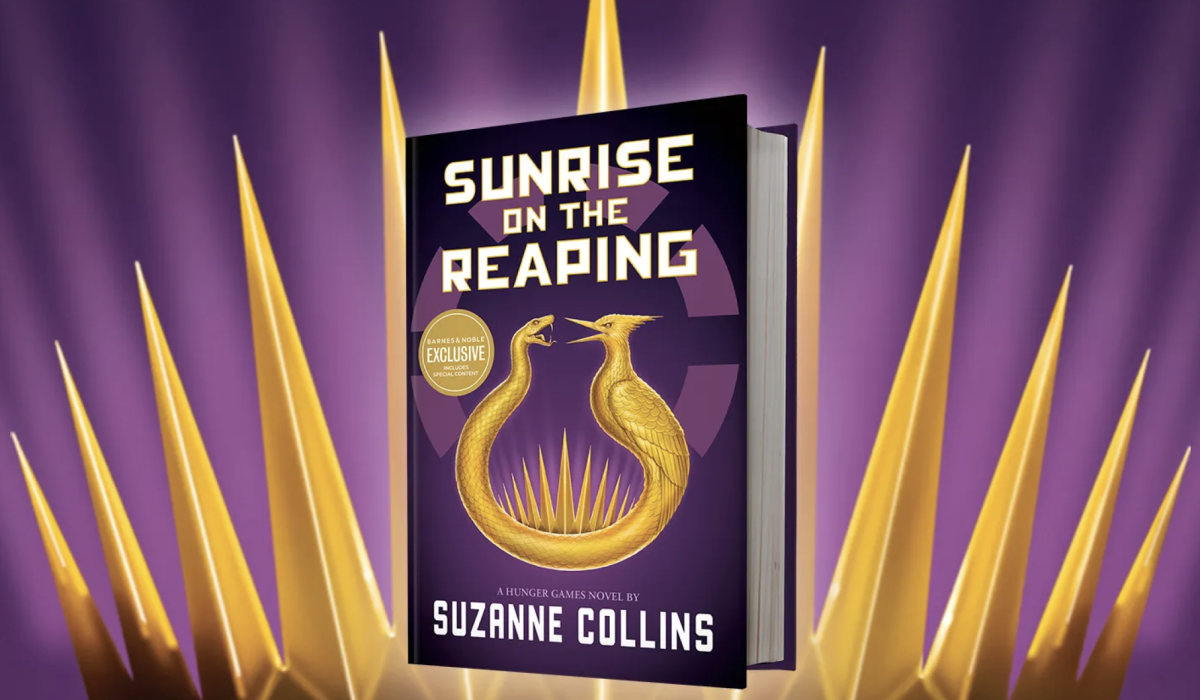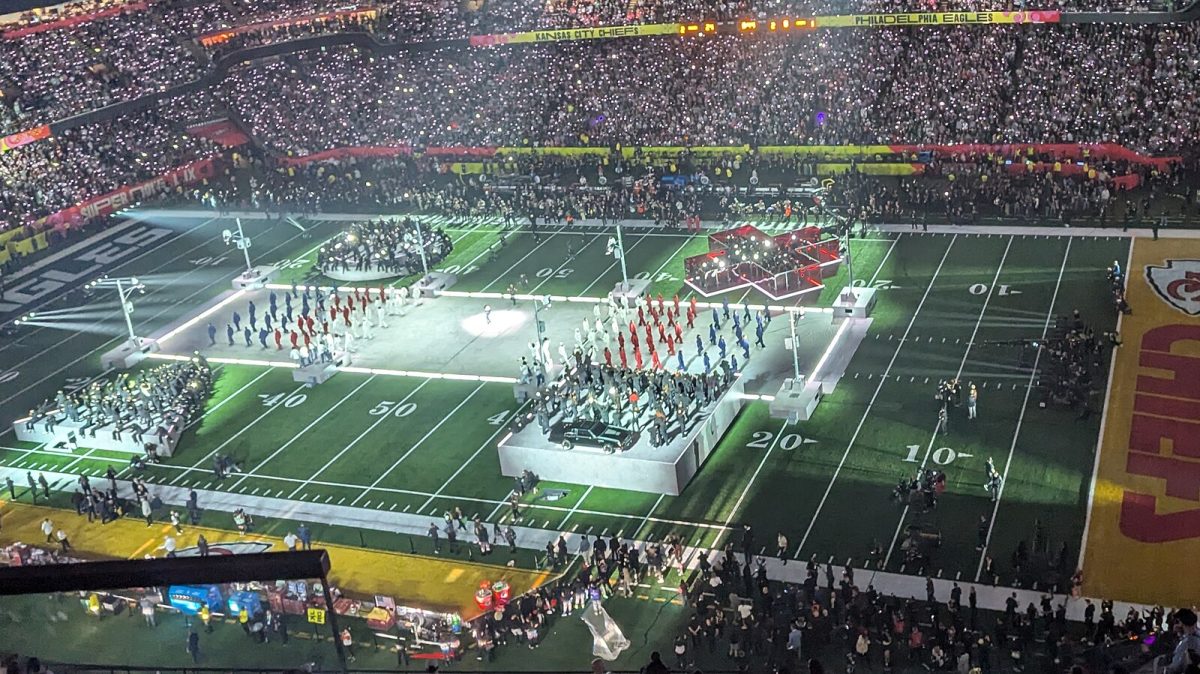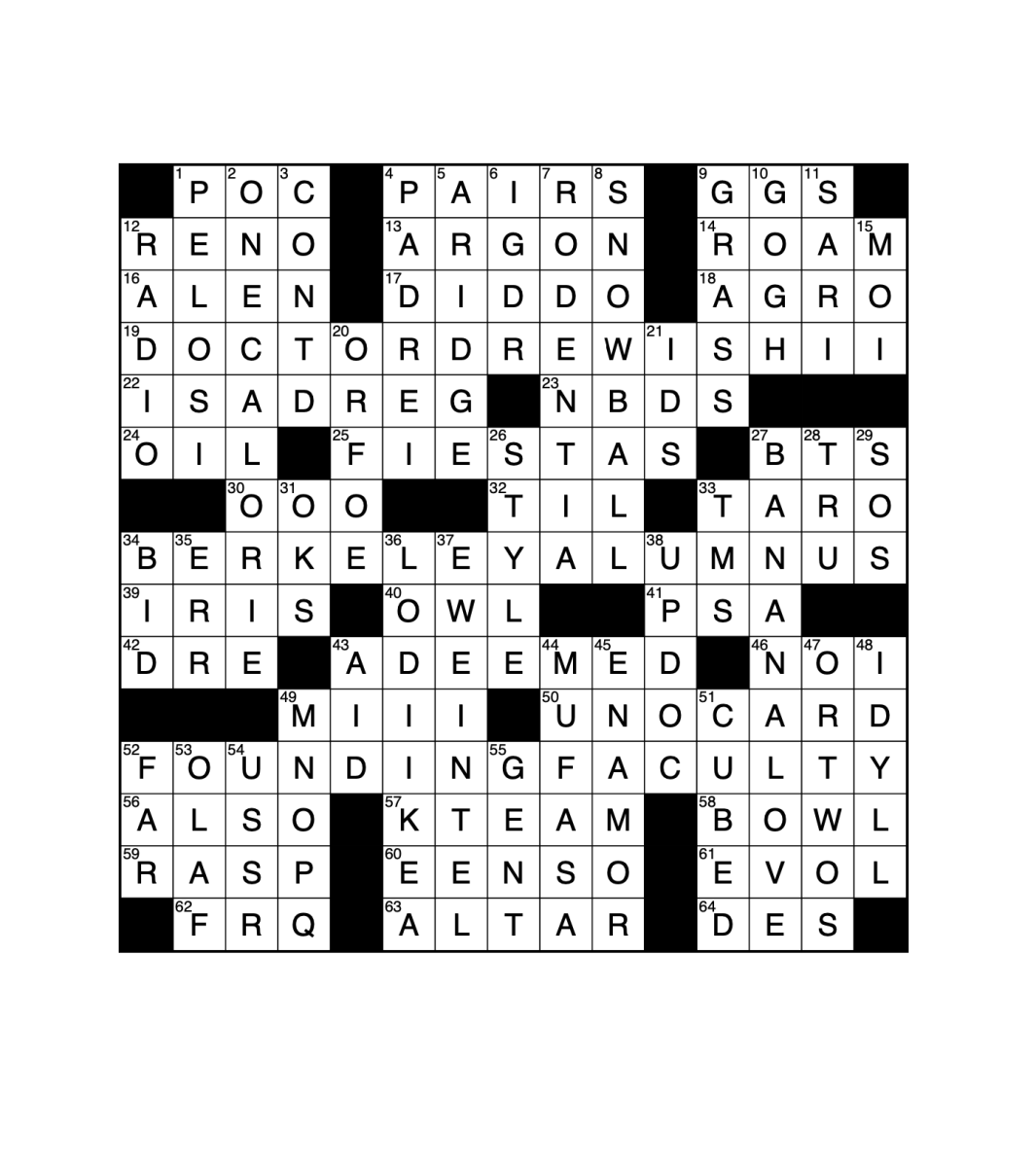Welcome to the fifth edition of our poetry corner. Today, we will explore a type of poetry common in Japan and similar to the haiku format. We will demonstrate how to use a precise number of syllables to create a story or talk about a certain theme or idea.
TANKA POEMS
Tanka poems are written in the format of five syllables, seven syllables, five syllables, seven syllables, and seven syllables. Many people know this type of poetry as an extended haiku. Tanka poems developed during the Japanese Imperialistic Era as contests between nobles and ways for couples to express their love for each other. Typically, authors use the first three lines to examine a subject and the last two lines to express a personal response. Tanka poems are written in free verse and related to a topic such as love or nature.
Some famous novels that use tanka poems include The Tale of Genji, which people consider to be the first novel to exist, and Man’yōshū, which is a collection of Japanese tanka poems. The poem below imitates a tanka poem as it follows the syllable structure and speaks to nature, one of the main themes of these poems. Tanka poems extend haikus beyond basic structure to add more detail and emotional features.
When read out loud, as seen with this poem, tanka poems are simple and short but add detail to express fleeting moments and capture beautiful imagery.
EXCERPT FROM “BEAST”
Won’t you lie with me?
Under the belly of the beast
In wild grass trampled
With our footprints and
shadows
Lay under forest leaves
with me





